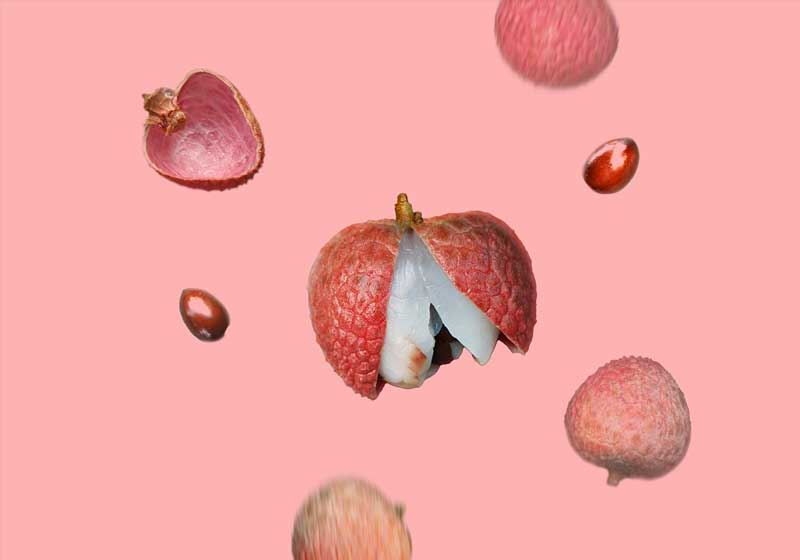Welcome to our new series where we’ll let you know what fruit and vegetables are market fresh this week, give you handy storage tips and recipes to make the most of seasonal produce.
With Christmas just around the corner, it’s time to turn our attention to festive fruit such as the cherry, which is in season in Australia from mid-November to mid-January but can last from October to late February depending on the variety and region.
The six main cherry-growing states are Queensland, New South Wales, South Australia, Victoria, Western Australia and Tasmania. The cherry harvest lasts about 100 days with the majority of cherries harvested during December and January.
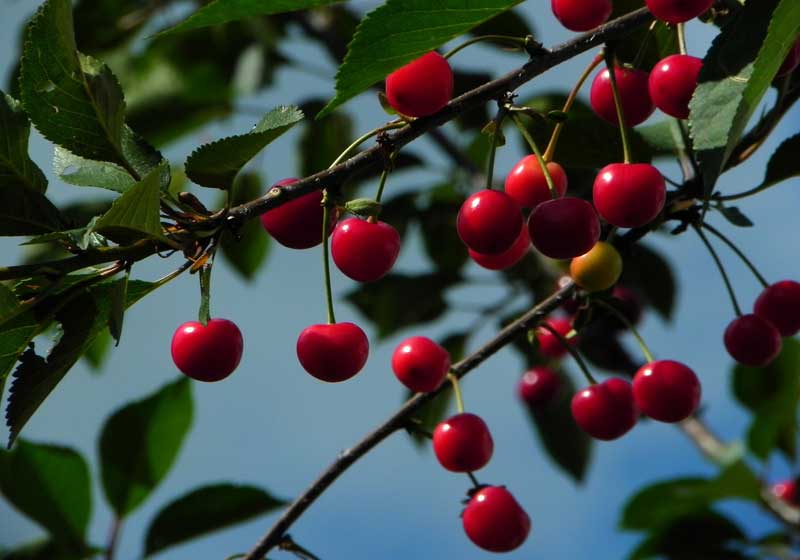
Australia grows a wide variety of cherries including:
Bing: a popular, late-season sweet cherry that’s great for fresh eating, jam or preserving.
Lapin: a large, sweet, dark red cherry.
Stella: a large, heart-shaped cherry with dark red skin and firm, flavourful flesh.
Van: a dark cherry that produces heavy crops of high-quality fruit.
Black Boy: a medium-sized, round-oblong cherry with dark red skin and very dark red flesh.
Royal Rainier: an early to mid-season variety that is great for fresh eating, jam or preserving.
Simone: an early to mid-season maturing red cherry.
Starkrimson: a large, heart-shaped crimson red cherry with firm flesh and good flavour.
Morello: a sour cherry.
Rainier: a medium, heart-shaped cherry with creamy pink skin and white flesh.
Sweetheart: a medium-sized cherry with bright red skin and mild, sweet flesh.
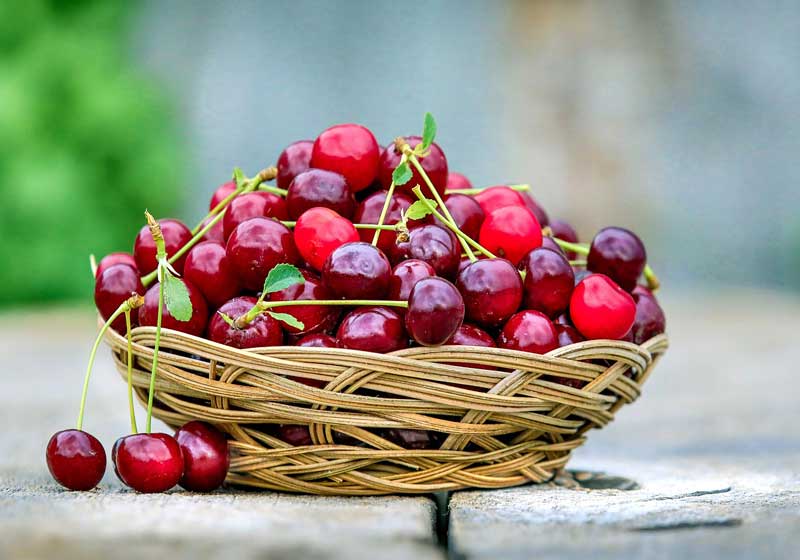
Choose cherries with green stems attached – the colour of the cherries will vary according to variety, however, they should appear plump with a shiny skin. Avoid cherries that are soft and bruised or small and hard.
Ideally, cherries should be consumed within four days of purchase, though they last longer with the stem attached. Store cherries loosely packed in an air-tight container or plastic bag in the fridge. They can be frozen and pitted for up to six months.
Fresh cherries can be served intact with stones, or pitted – the stones should always be removed before use in cooking. To remove the stones, use a cherry pitter or, using a small sharp knife, cut a slit in one side of the cherry then remove the stone. Most cherries are very juicy, so consider pitting them inside a plastic bag to avoid stains.
Cherries are a rich source of certain antioxidants and contain other phytonutrients – plant pigments that have been linked to a variety of health-promoting benefits including anti-inflammatory and anti-obesity effects. They also only have 60 calories per 100 grams and contain virtually no fat or cholesterol.
Research suggests anti-inflammatory components in cherries may promote the repair of muscles that have been damaged by exercise.
Here are three recipes for you to enjoy cherries this week at home:
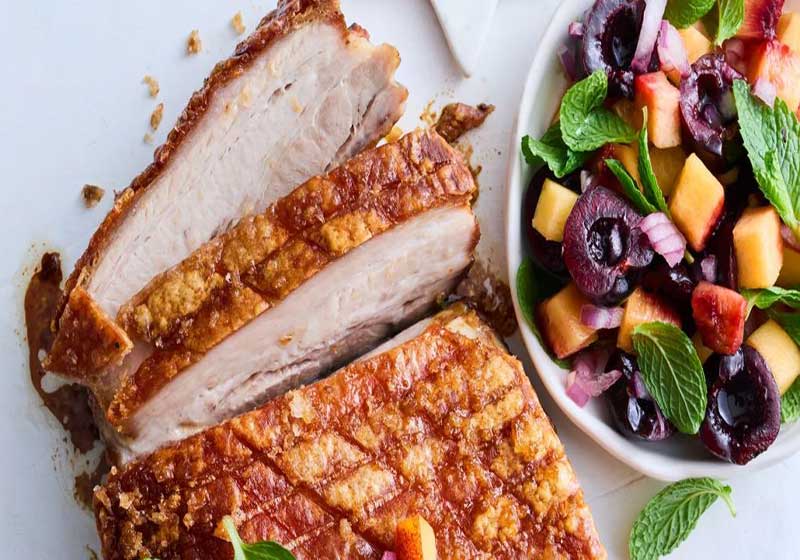
Combining five-spiced salted pork belly with a refreshing fruity salsa, this indulgent festive dish delivers a burst of flavour with every bite.
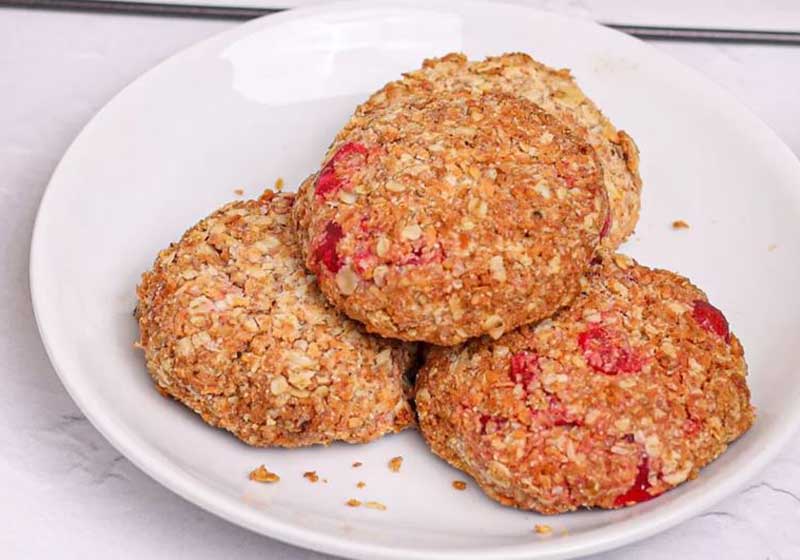
Coconut and cherry make a fabulous combination in these oat and wholewheat biscuits. Ideal for a lunchbox snack or paired with a morning brew of choice, these cookies will quickly become a firm family favourite.

This sweet cherry salad features intense aromatic flavours. The combination of chicken and cherry is a Summer classic - this is an extremely quick and easy dish to make, using prepacked mixed salad leaves, cooked chicken and pitted fresh cherries.


